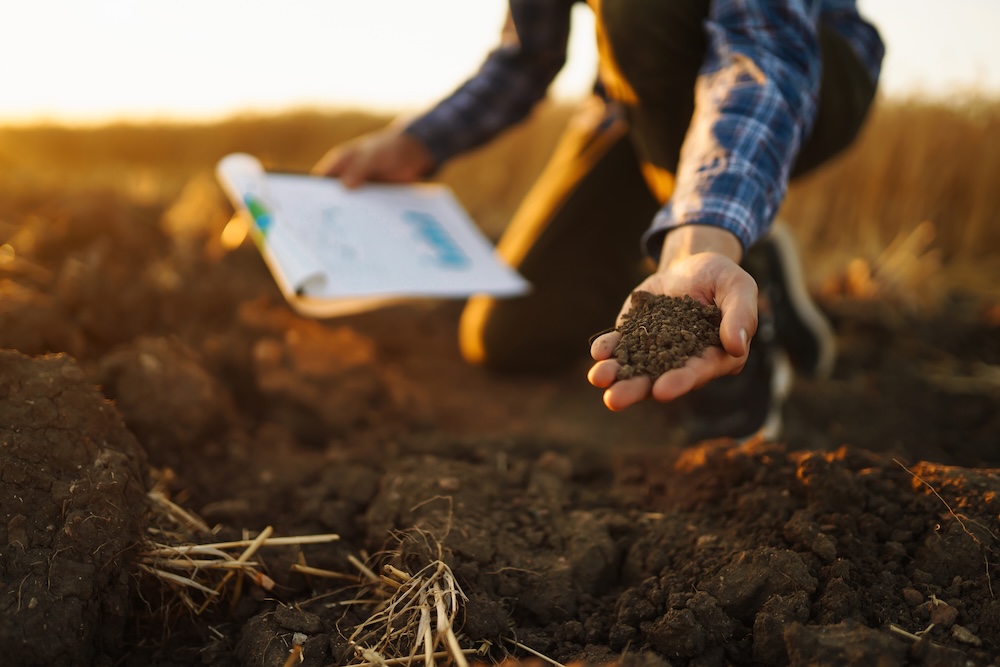Tiny Organisms, Massive Impact
Microbes are microscopic organisms—including bacteria, viruses, fungi, archaea, and protozoa—that exist in nearly every environment on Earth. They’re invisible to the naked eye but essential to life as we know it.
While often associated with germs and disease, most microbes are harmless or beneficial. In fact, many are vital to ecosystem health, climate stability, and even our own survival.
Types of Microbes
1. Bacteria
Single-celled organisms that perform essential tasks like nitrogen fixation, digestion, and decomposition.
2. Fungi
Break down organic material and recycle nutrients in soil and forests. Includes molds, yeasts, and mushrooms.
3. Archaea
Similar to bacteria but found in extreme environments like hot springs or deep-sea vents. Important in methane cycling.
4. Viruses
Non-living infectious agents that rely on host cells to replicate. Though often harmful, some play roles in evolution and population control.
5. Protozoa
Single-celled, mobile organisms that can either help balance ecosystems or cause disease, depending on the species.
Where Do Microbes Live?
- Soil – billions per gram; they support plant life and carbon cycling
- Water – oceans, rivers, and even ice have thriving microbial life
- Air – bacteria and fungal spores are constantly circulating
- Our bodies – trillions live in and on humans (known as the microbiome)
- Surfaces – from kitchen counters to phone screens
The Microbiome: Our Inner Ecosystem
Our gut, skin, mouth, and even lungs host complex microbial communities. These bacteria help:
- Digest food
- Regulate the immune system
- Protect against harmful microbes
- Influence mood and cognition
Disrupting this delicate balance through over-sanitization, poor diet, or antibiotics can contribute to chronic illness, autoimmune disorders, and mental health issues.
Microbes and the Environment
Microbes are nature’s recyclers and regulators. Their impact on the environment is profound:
1. Soil Health and Carbon Sequestration
- Microbes decompose organic matter and make nutrients available to plants
- Healthy microbial soil life improves crop yields and drought resistance
- Certain microbes store carbon, helping reduce atmospheric CO₂
2. Water Purification
- Aquatic microbes break down waste and pollutants
- Wetlands and wastewater treatment plants rely on microbial action
- They prevent toxic buildup in rivers, oceans, and drinking water
3. Air Quality
- Microbes in the air interact with pollutants, affecting their breakdown
- Airborne microbial balance may impact human respiratory health
4. Climate Regulation
- Microbial processes influence greenhouse gases like methane and nitrous oxide
- Methanogens (a type of archaea) produce methane, while methanotrophs consume it
- Oceanic microbes are key players in the carbon cycle and climate feedback loops
5. Waste Decomposition and Composting
- Compost piles rely on bacteria and fungi to break down food scraps
- Without microbes, landfills would fill with undegraded organic matter
- Effective composting supports soil biodiversity and cuts methane emissions
Human Actions That Harm Microbial Ecosystems
Overuse of Disinfectants
Harsh chemicals kill both good and bad microbes. Antibacterial soaps and over-sanitizing can damage both your microbiome and indoor microbial balance.
Soil Degradation
Pesticides, monoculture, and synthetic fertilizers kill beneficial soil microbes, disrupting nutrient cycles and carbon storage.
Pollution
Plastic waste, chemical runoff, and heavy metals destroy microbial habitats in soil and water.
Climate Change
Rising temperatures and acidifying oceans alter microbial life and reduce its ability to regulate ecosystems.
Why Microbial Life Should Be Protected
- Biodiversity starts at the microscopic level
- Microbes maintain balance in nearly every ecosystem
- Disruption at the microbial level leads to cascading environmental and health problems
- Protecting microbial life supports resilient agriculture, cleaner air and water, and human health
How to Support Microbial Life
In Your Home
- Use gentle, non-antibacterial cleaners when possible
- Embrace composting to recycle organic waste
- Open windows for airflow—outdoor air carries diverse microbes
- Avoid excessive use of bleach and strong disinfectants
In Your Garden or Community
- Compost food scraps to build microbial-rich soil
- Use organic gardening methods
- Plant perennials and native species that support below-ground microbial networks
- Avoid synthetic fertilizers and pesticides
In Product Choices
- Support brands that are microbiome-safe
- Avoid cleaners or beauty products with quats, triclosan, and unnecessary antibacterials
- Be wary of labels like “kills 99.9% of bacteria” — not all bacteria should be killed
FAQs: Microbial Life
Are all microbes dangerous?
No — in fact, most microbes are beneficial or harmless. Pathogens are the exception, not the rule.
Can microbes live on plastic?
Yes. Some bacteria colonize plastic surfaces, which can carry them into homes and oceans. However, not all microbes thrive in synthetic environments.
Do natural cleaners support microbial life?
Yes, especially if they avoid harsh disinfectants and synthetic antimicrobials. Look for plant-based formulas with microbiome-safe labeling.
What does it mean if a product is “microbiome-safe”?
It’s designed not to harm beneficial microbes—either on your skin, in your home, or in the environment.
Can microbes help reverse climate change?
Yes, indirectly. Healthy microbial soil and ocean ecosystems store more carbon and regulate greenhouse gases.
Final Thoughts
Microbes are the quiet powerhouses of life. They clean our water, nourish our soil, regulate our air, and even keep our bodies functioning.
In an age of over-sanitization and environmental decline, it’s time to flip the narrative: not all microbes are bad. In fact, many are vital—and protecting them is protecting ourselves.









Reader Interactions